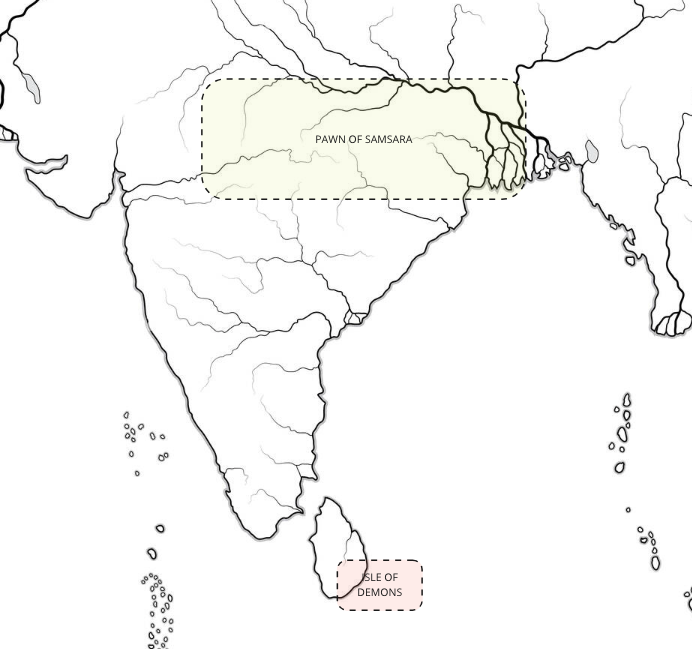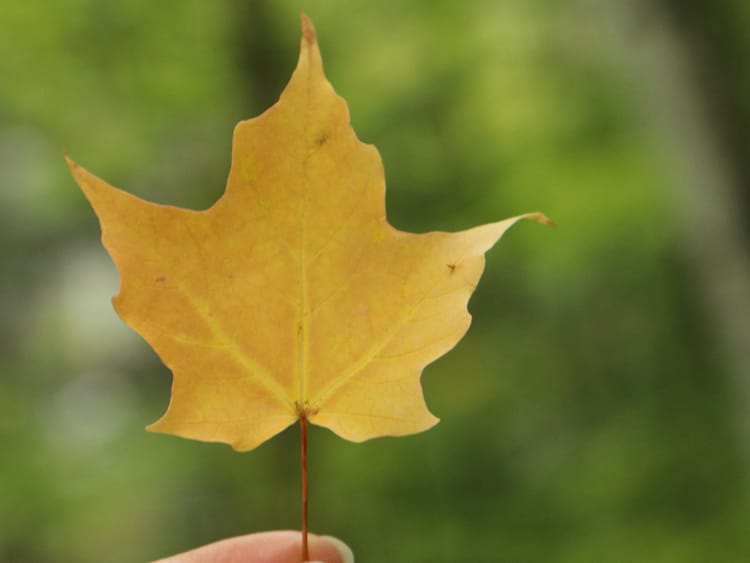Making Sense Of Ancient History
Folklore and mythology
Wikipedia is a poor friend. I end up diving deep into Reddit, Quora, and public conversations between scholars and laypeople arguing their versions of the truth. Really, this is my box of prompts and where the muse lives. Some stories resonate while others, I don’t touch. How do I choose? Usually, it’s a gut feeling. There’s also the cherry-picking of stories to suit the story I ultimately wish to tell. I’m diving in with a purpose. What I pull out are the pearls.
The colonists collected anthropologic stories of the natives. Today, what they wrote down is available as scanned books. There’s a wealth of documented history. The limitation is the need for English versions. Also, decolonizing what was written.
If THIS is my truth, then what does that mean?

Sign up for the free monthly digest—a summary of my author journey.
- How I make it all real.
- Ancient locations and naming conventions.
- Animals, insects, weather, and plants.




